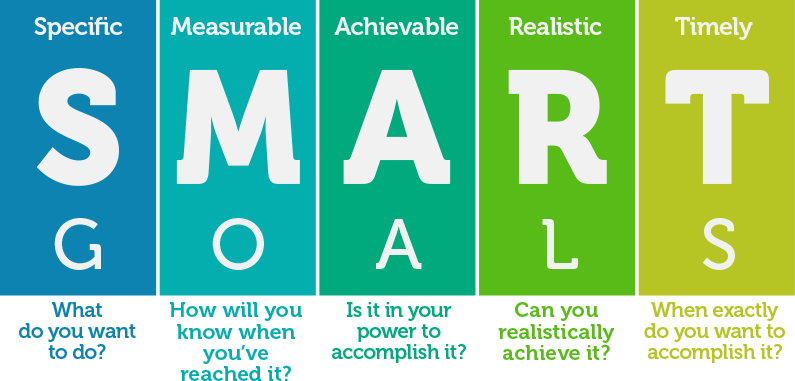Due to the coronavirus outbreak, thousands of rehabilitation facilities all over the world are limited in treating their patients. Some of them are closed, others have limitations on quantity and/or type of patients they can serve. Is telerehabilitation a way to fix it?
As a CBDO of Raccoon.Recovery, a company that develops physical rehabilitation equipment, I have talked to dozens of therapists and rehab centre managers after the coronavirus started to affect their business. They all have similar problems – losing contact with patients and reduced revenue. These can be resolved, at least partly, by moving your facilities online.
It is now especially relevant for India after the telemedicine practise guidelines that have been issued by the Ministry of Health and Family Welfare, in collaboration with NITI Aayog and Board of Governors Medical Council of India. “Unnecessary and avoidable exposure of the people involved in the delivery of healthcare can be avoided using telemedicine and patients can be screened remotely,” the guidelines said. The principles of telemedicine can be as well used for the physiotherapy. Let’s see, how.
Remote patient examination: is it possible?

Nothing can replace an examination in person. However, some of the examinations can be done online. You can conduct the interview via video or phone call or even in messenger (email, Skype, Zoom, WhatsApp etc.).
There are also services that provide digitized surveys with in-built calculators – you can do a Barthel Index on www.mdcalc.com or Modified Ranking Scale on www.modifiedrankin.com. The only thing is that there are dozens of surveys in the world, and you will spend some time on finding them on different websites.
Create an exercise program
Writing a list of exercises, then finding links for video instructions on how to do them correctly – that will take a lot of time. You can use ready-made templates of exercises that have already been created and published by your colleagues (our partners physiotherapists use www.m.kp.org, www.physiomed.co.uk and www.verywellhealth.com). But mind that those templates are not personalized. So you will probably need to send links to different websites and comment on each training exercise.
How to motivate a patient without personal contact

Ride horses again, play piano – these are great goals. But the broad goal is far, and it is hard to measure it and fully understand it. Setting smaller goals can be very helpful, especially during home rehabilitation.
Putting goals according to the SMART methodology (see the picture) can bring big benefits. This method is used for goal setting in business development. Why do you not use it in your rehabilitation process? “Eat by myself in 2 weeks”, “play Moonlight Sonata on the piano till April” – these are good examples.
Thanks to automation, digitized examination and remote monitoring of Raccoon.Recovery, physiotherapists save time that results in up to 150% revenue increase.
The best way to make rehabilitation engaging is to gamify it. You can get one of home rehab solutions that hide exercises behind video games – patient plays games by doing exercises while camera or sensors track body movements and translate them into commands in a game. Other people adore doing exercises while watching TV. This can also work well during the coronavirus outbreak, especially with a lot of content available now for free.
All-in-one
Even if you only use your computer for checking email, reading news and watching movies, you should try one of those physiotherapy applications for telerehabilitation that are now appearing on the market. In the times when user experience is in the first place, they are already quite easy to master and does not require any specific computer skills. If choosing wisely, you can save a lot of your time on using bunch of different apps and websites and get all in one telerehabilitation. Video calls and messengers, examination tests, course creation templates, calendar of appointments, remote exercise monitoring and course correction – this is not a full list of functions you can now find in telerehab apps.
So, what about money?
Being able to continue treating patients is of course, most important. But is it possible to get money for those telerehabilitation services? In India, now it is official that healthcare professionals can take money for remote treatments. The Telemedicine Practice Guideline says: “Telemedicine consultations should be treated the same way as in-person consultations from a fee perspective”.
I believe that these simple tips will help you to arrange home rehabilitation for your patients and successfully pass through the coronavirus period. Stay healthy, safe and happy!
The original article published in Physiotimes, India’s first magazine for physiotherapists, is here.











